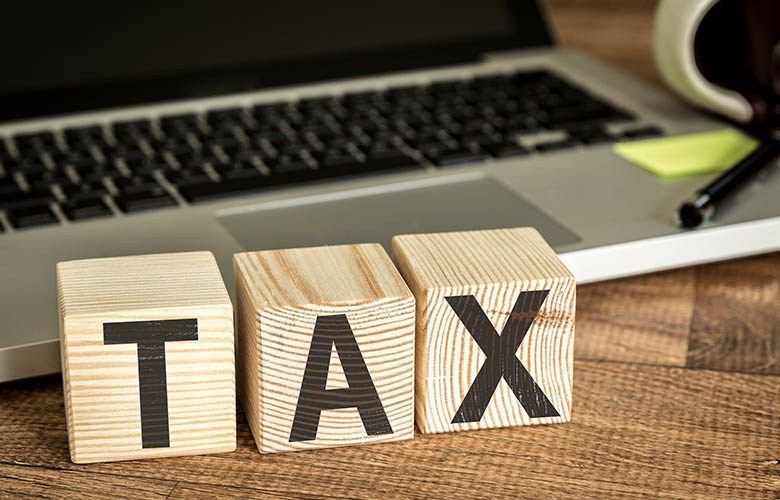What work-related expenses can I claim in 2025?
Most of us have work-related expenses, and knowing exactly what you can claim can make a noticeable difference to your refund.
Travel & vehicle expenses: beyond the daily commute
If you use your own car for work, say driving between job sites or to client meetings, you may be able to claim travel expenses. Just keep in mind that your daily commute from home to work isn’t deductible.
There are two ways to claim:
- Cents per kilometre: claim 88 cents per km (2024–25) for up to 5,000 work-related kilometres. This includes fuel, maintenance and depreciation. Just document how you calculated the distance.
- Logbook method: for claims over 5,000 km or actual costs, keep a 12-week logbook to track business use. You can then claim a portion of car expenses like fuel, rego, insurance, and repairs.
Working from home: rules for claiming home office deductions
With more Aussies working from home, claiming home office expenses has become standard. Since March 2023, the ATO requires you to keep a record of your actual work-from-home hours, your calendar or timesheet will do!
There are two ways to claim:
Fixed rate method (70c/hour): covers energy costs, internet, mobile phone use, stationery, and computer consumables. You can’t claim these separately.
Actual cost method: claim a work-related portion of your additional expenses if you have detailed records.
You can also claim depreciation on big-ticket office expenses like a desk or monitor (even if using the fixed rate method). Just note: rent, mortgage interest or council rates usually aren’t deductible if you’re an employee.
Uniforms, protective gear & laundry: dressing for success
Wearing a compulsory uniform with a logo, occupation-specific clothing (like scrubs or chef whites), or protective gear (like high-vis or steel-capped boots)? You can claim the cost to buy and clean them, including dry cleaning. Everyday clothes, even if only worn for work, aren’t deductible.
Tools and equipment: big vs small
This covers everything from your laptop to a tradie’s toolbox. The rule of thumb:
Under $300: Claim the full cost in the year you buy it, great for items like keyboards, headsets, or work bags.
Over $300: Claim depreciation over its effective life, based on how much you use it for work. This applies to bigger purchases like laptops or tools. Check the ATO’s depreciation and capital allowances tool.
Self-education: investing in your career
Courses that directly relate to your current income-earning job can be deductible, think a designer doing an advanced Adobe course. Astronomy while working in retail? Probably not.
Eligible deductions include:
- course fees (excluding HECS/HELP)
- textbooks and stationery
- internet and phone usage
- depreciation on computer equipment.
Mobile phone & internet: the work/life divide
Using your personal phone or home internet for work? You can only claim the portion you use for work. So, if 50% of your internet usage is work-related, you can claim 50% of the cost. Keep a logbook or a diary for a typical month to estimate your work percentage.
Overlooked opportunities: don’t miss these tax deductions!
Beyond the common work-related expenses, there are other deductions that often get missed:
Tax agent fees: yep, the fees you pay to a registered tax agent to prepare your previous year’s tax return are deductible.
Investment property expenses: If you own a rental, you can claim certain expenses to reduce your taxable income. They fall into three categories:
- claim now: loan interest, council rates, repairs, insurance, and management fees
- claim over time: capital works, borrowing costs, and assets over $300 (via depreciation)
- not claimable: personal expenses, travel expenses or second-hand assets bought after May 2017.
Some pre-rental expenses, like loan interest, may be claimable if your intent was to rent the property.
Union fees, membership fees & registrations: any fees paid to a professional association or trade union are claimable.
Income protection insurance: if you pay premiums for income protection insurance that covers lost income (not life or trauma insurance), you can claim them. Just not if your super fund pays for it.
Cost of managing tax affairs: this includes things like tax preparation software or even travel costs to see your tax agent.
Gifts & charitable donations: if you’ve donated $2 or more to a registered charity (a Deductible Gift Recipient or DGR), make sure you claim it and have your receipt.
Work Hard, Claim Smart
Knowing what work-related expenses, you can claim helps you get back more at tax time. Whether it’s driving between job sites, using your home internet for work, or buying tools or uniforms, every deductible expense adds up. Just remember, you need to keep good records and make sure the expenses are directly related to earning your income. With the right approach, you can claim what you're entitled to and avoid missing out on valuable deductions.
More GTP Articles






